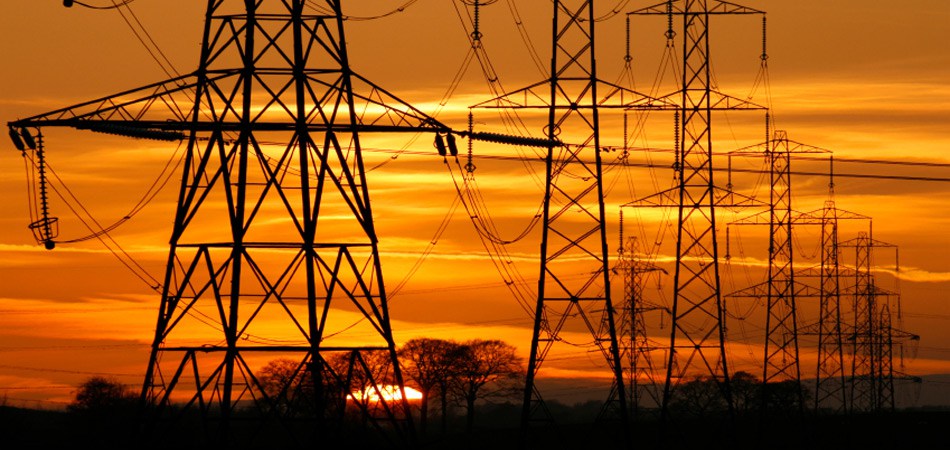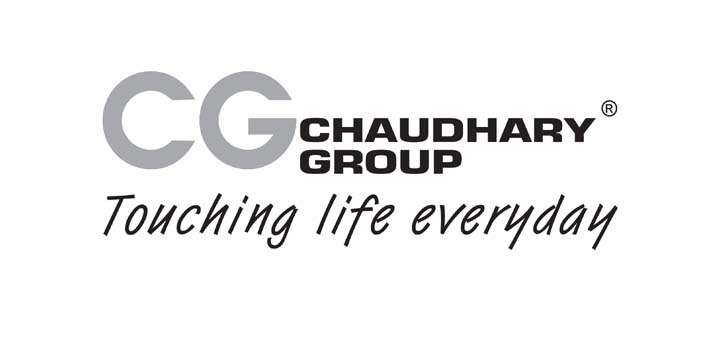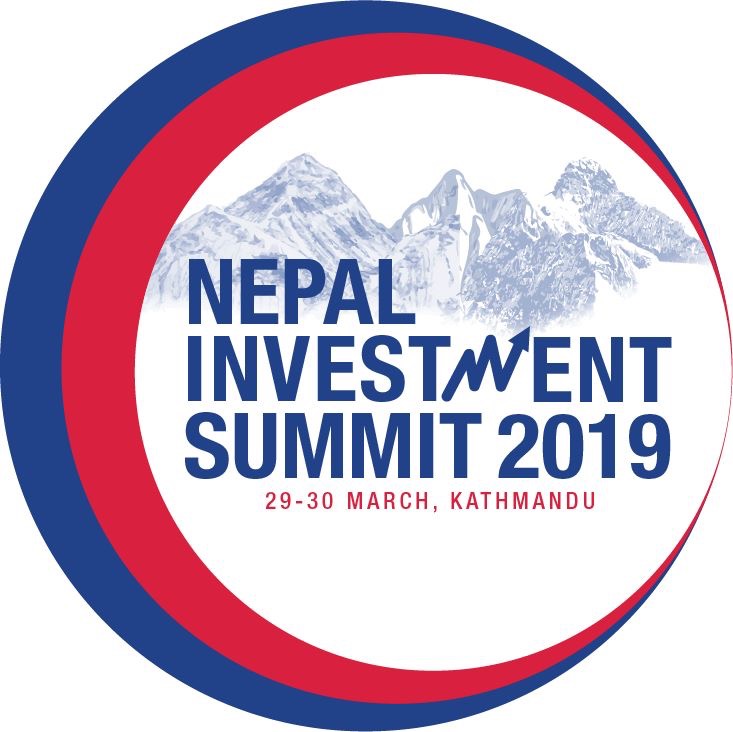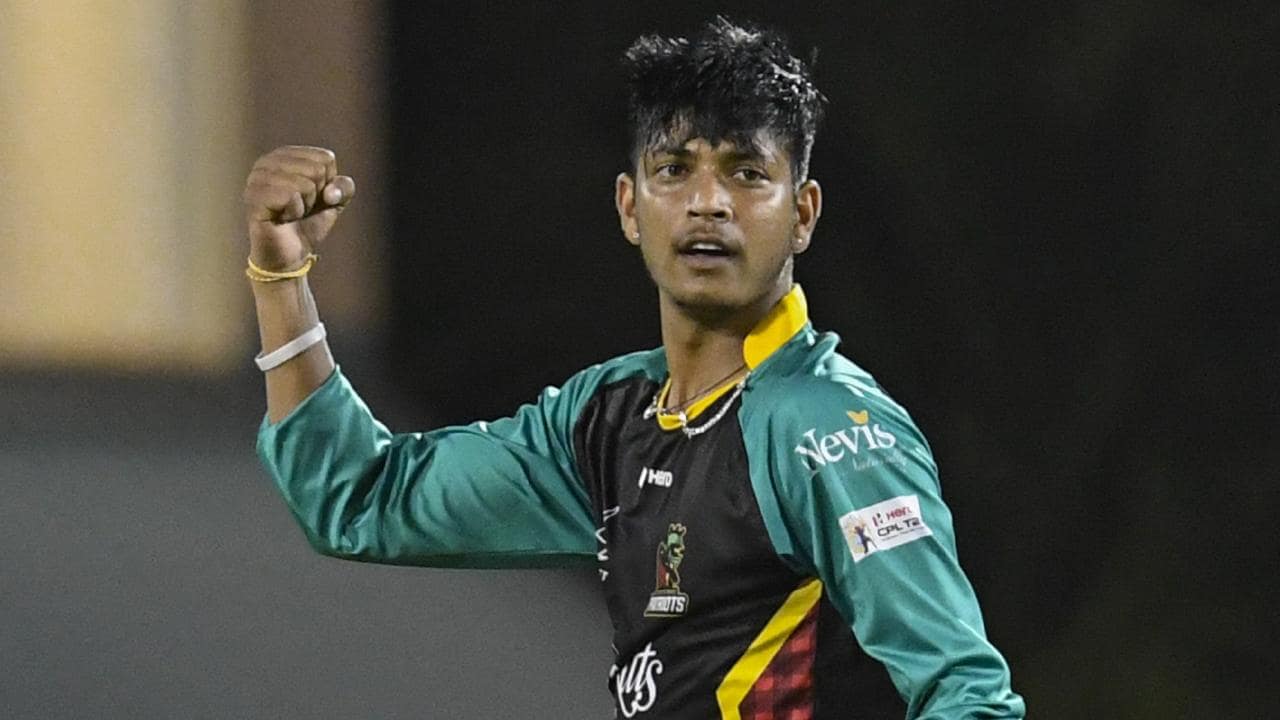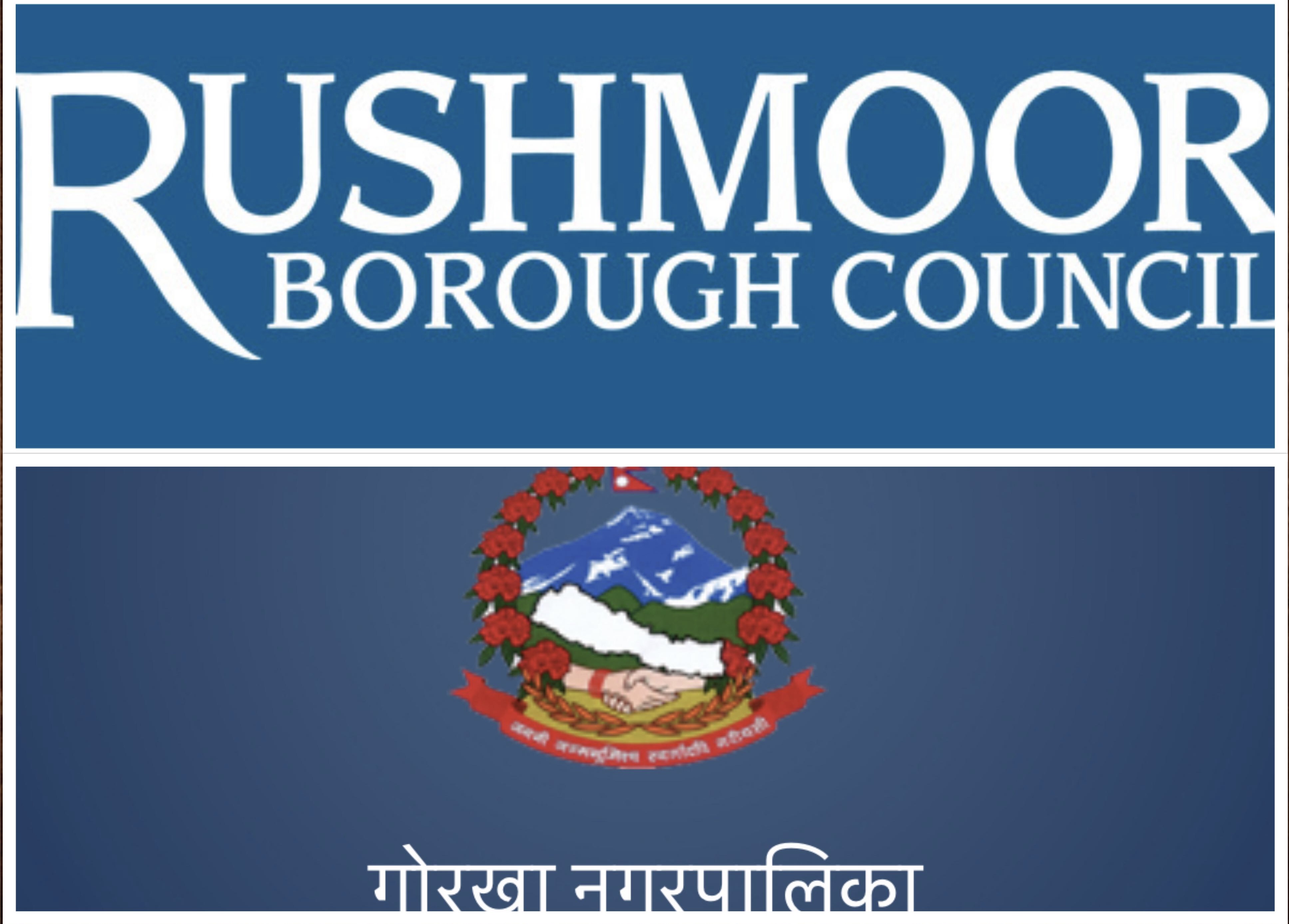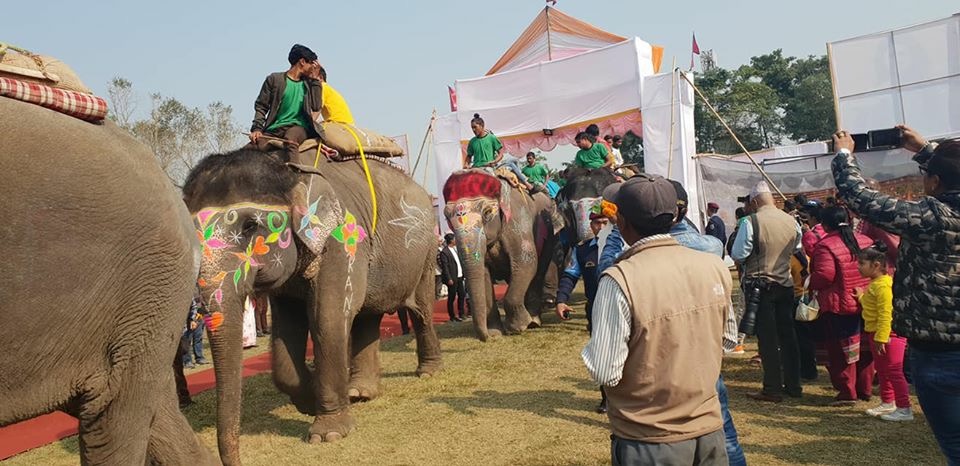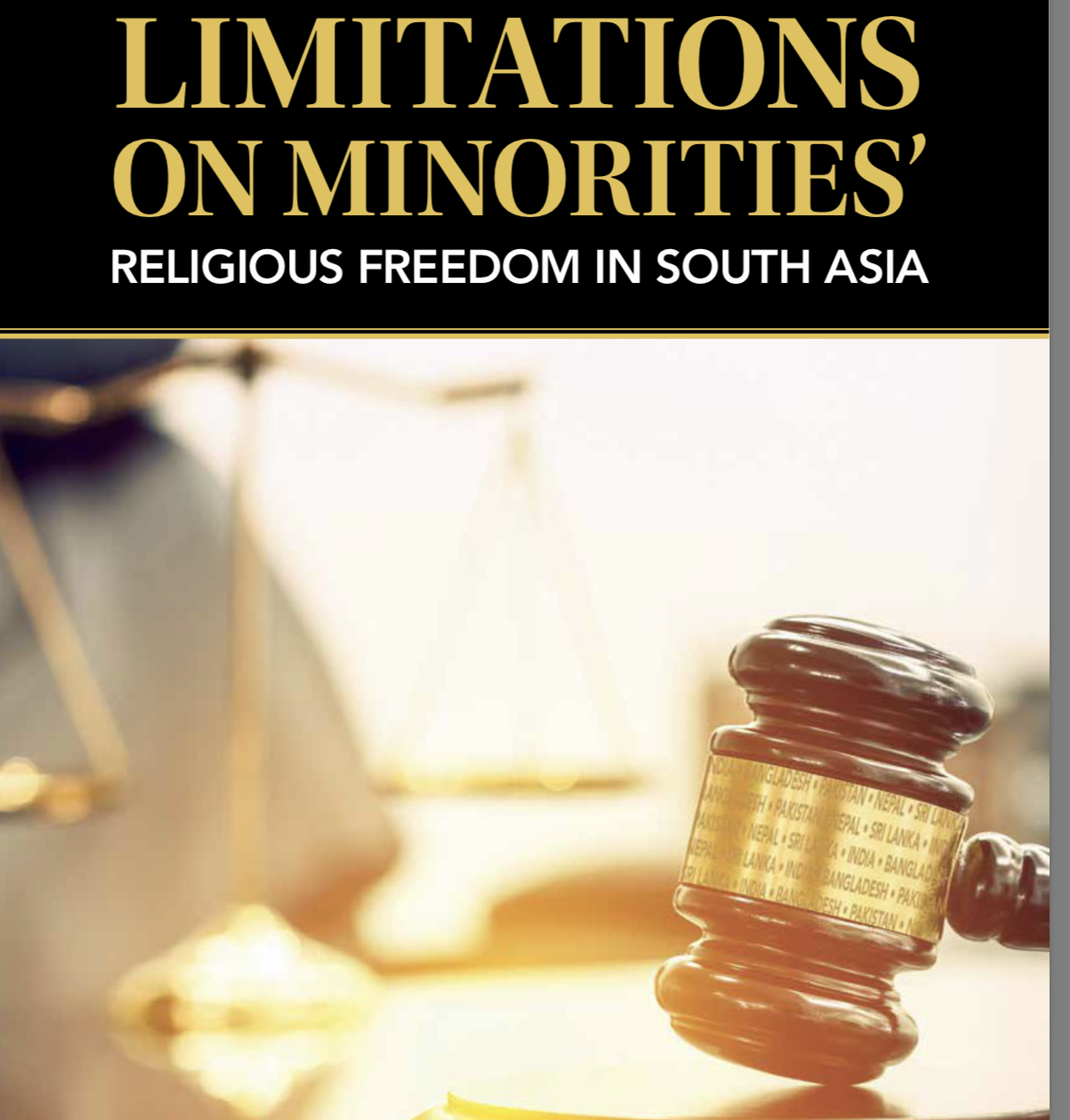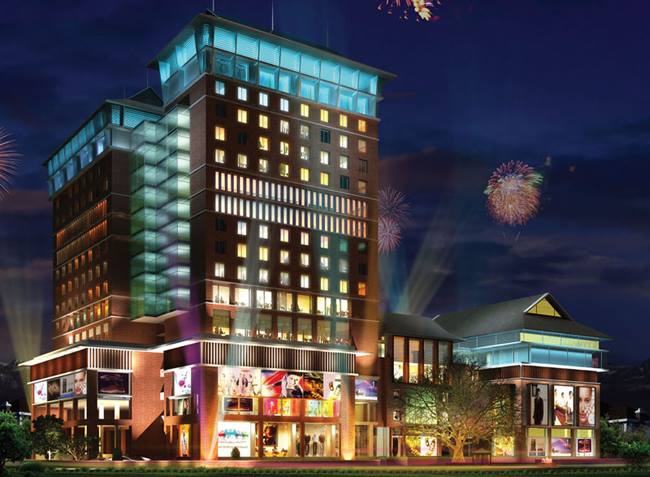
This cap is made out of a type of cloth called, “Dhaka.” This is because in the olden times during the British Raaj, the cloth was solely manufactured in Dhaka of the then British Bengal and transported to Nepal. The material was highly sought after. Hence the name “Dhaka topi.”

There is another variant of the Nepali cap. The Bhadgaule cap is made of sterner material which is black in color. This is because the coarse material was readily available unlike the “Dhaka” cloth which was more expensive and difficult to procure.
This cap got its name from the place where it originated- Bhadgaun or Bhaktapur in the Kathmandu valley.
The Bhadgaunle Cap (Number 2) originated with the Newari people of Kathmandu, presumably influenced by their interaction with the Khas people of West Nepal. The Mallas, who were the rulers of Kathmandu valley were originally Khas but gradually adopted the more cosmopolitan ways of the Newars and became Newars over time.
The Dhaka topi (Number 1) is a communication of the Kashmiri and Himachali styles of headwear. The styles were slightly tweaked as it moved from Kashmir to Himachal to West Nepal. The people who brought the cap to Nepal are what are known as the Khas people who migrated from Kashmir to Nepal.
When was Dhaka topi came in to existence ?
During Panchayat times, all high-ranking officials were required to be in the national attire and all other office staff had to be wearing at least a Nepali topi. According to a retired government official, those among the lower category of staff who did not want to buy a Dhaka topi could lease one for one rupee from one of the nearby stalls selling cigarettes and beetle-nut. Then they’d wear it during the office hours and return it back at the end of the day.




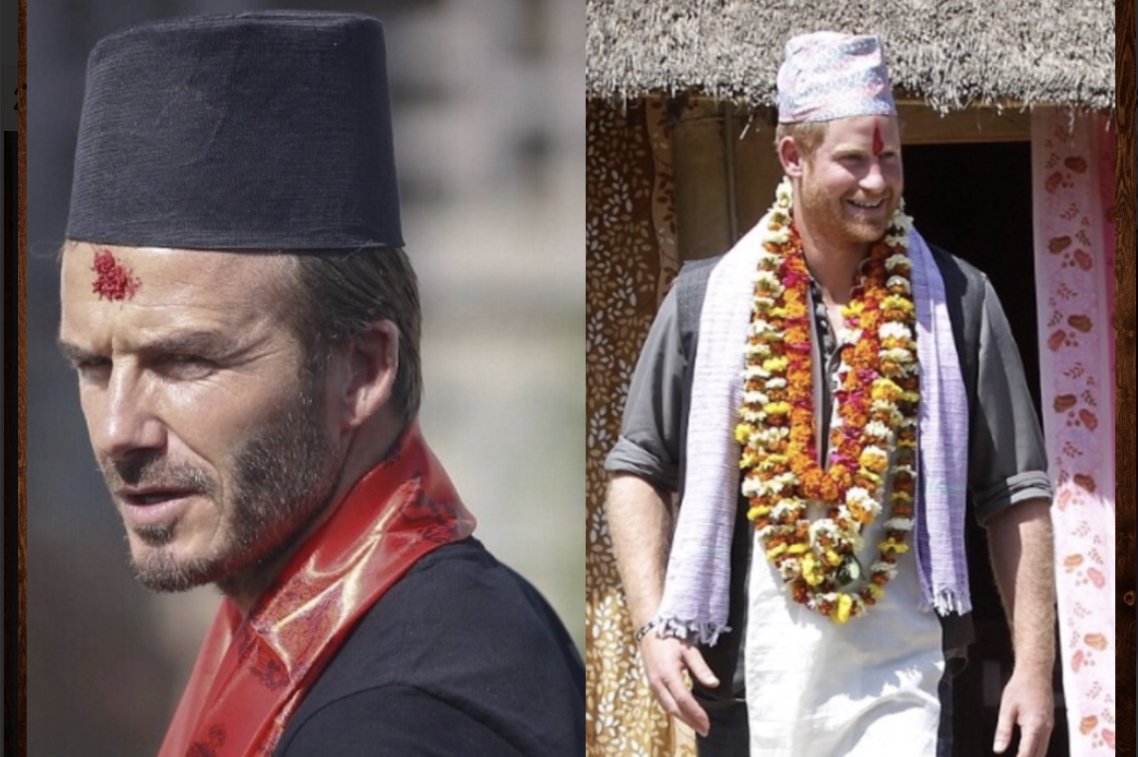
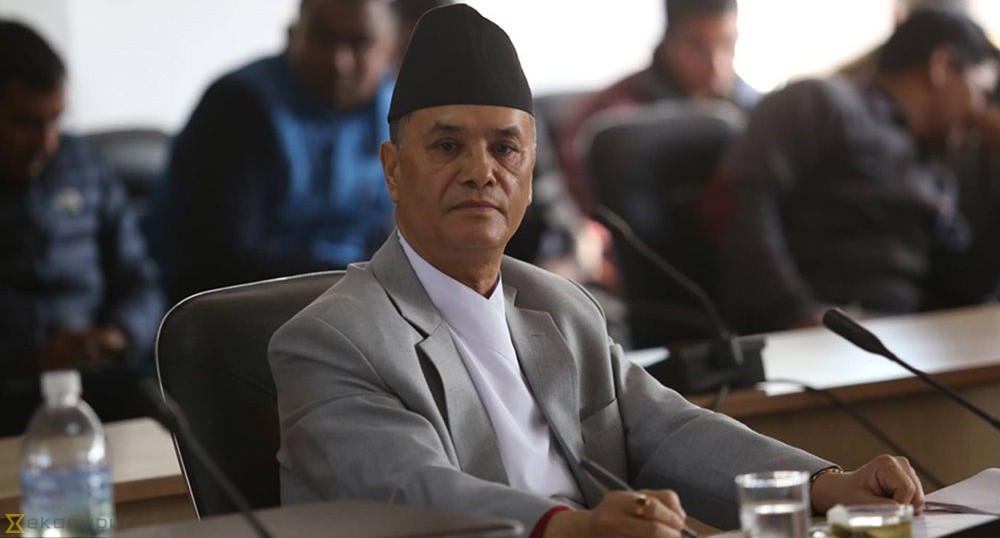
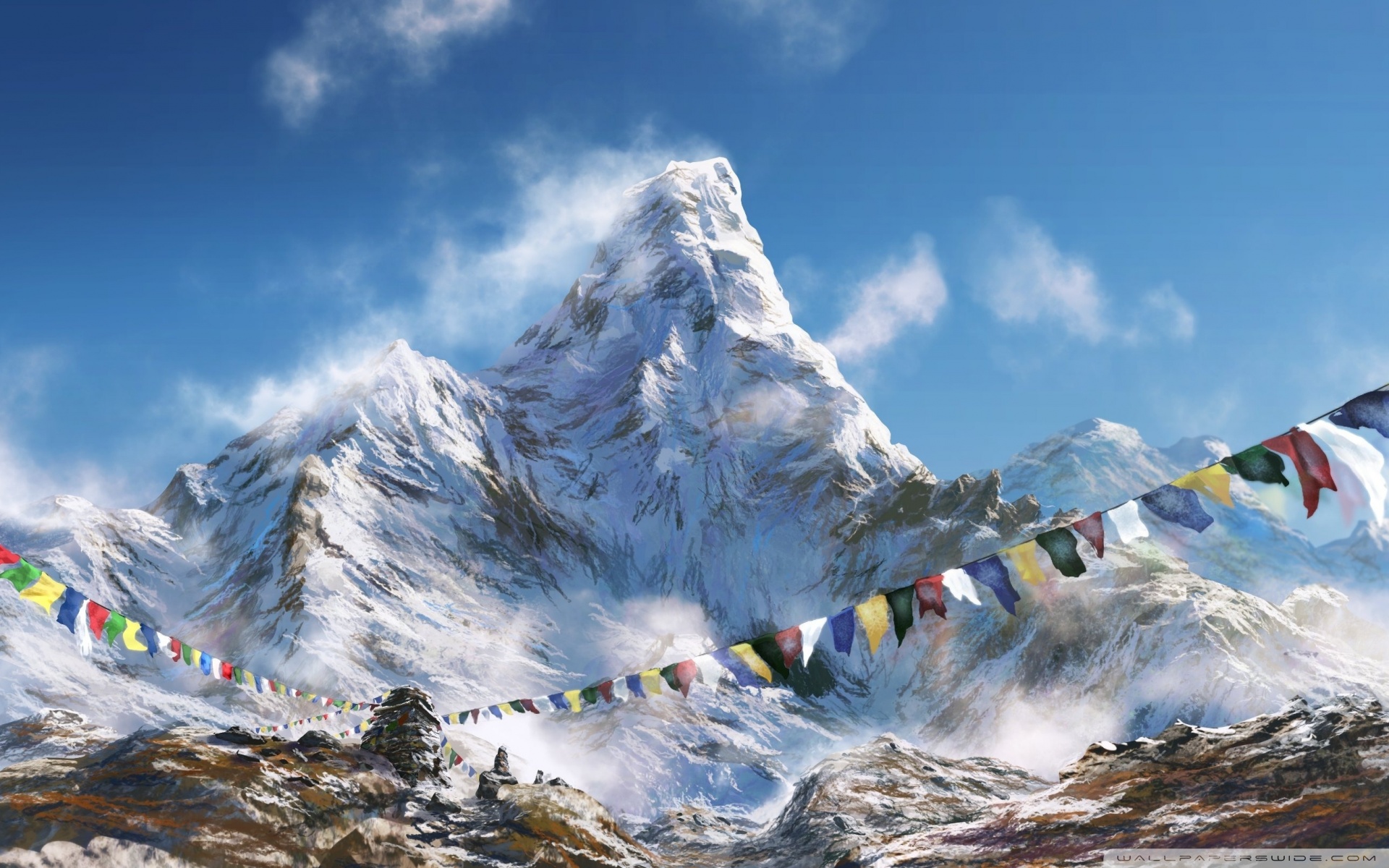
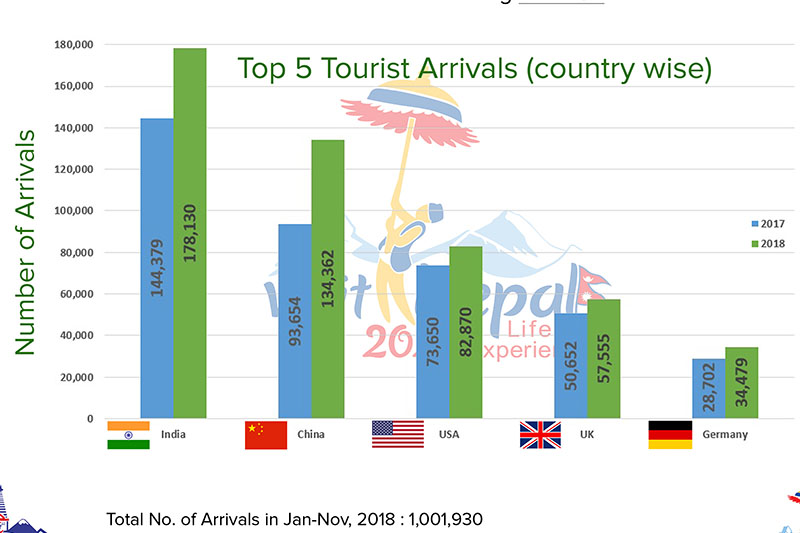 Kathmandu : The tourism authority of Nepal said that over one million tourists visited Nepal in 2018 and the country aims to double the number by 2020.
Kathmandu : The tourism authority of Nepal said that over one million tourists visited Nepal in 2018 and the country aims to double the number by 2020.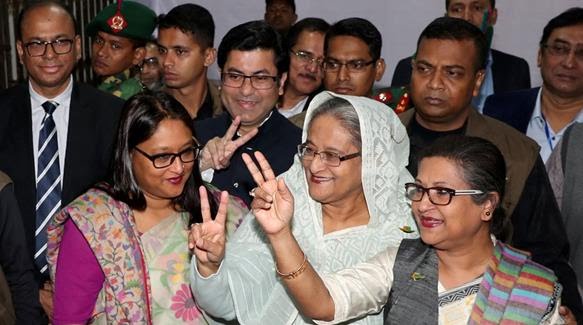
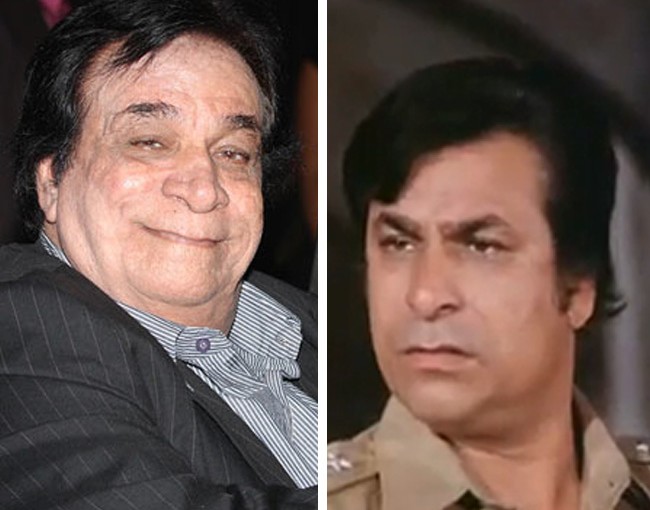
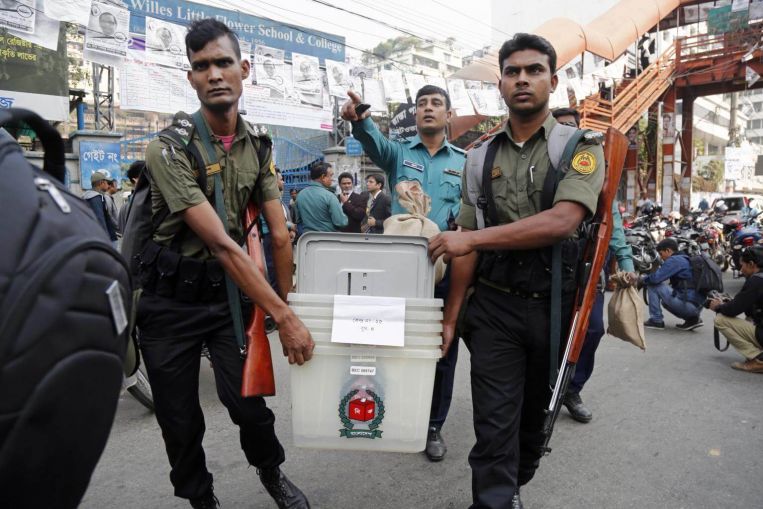
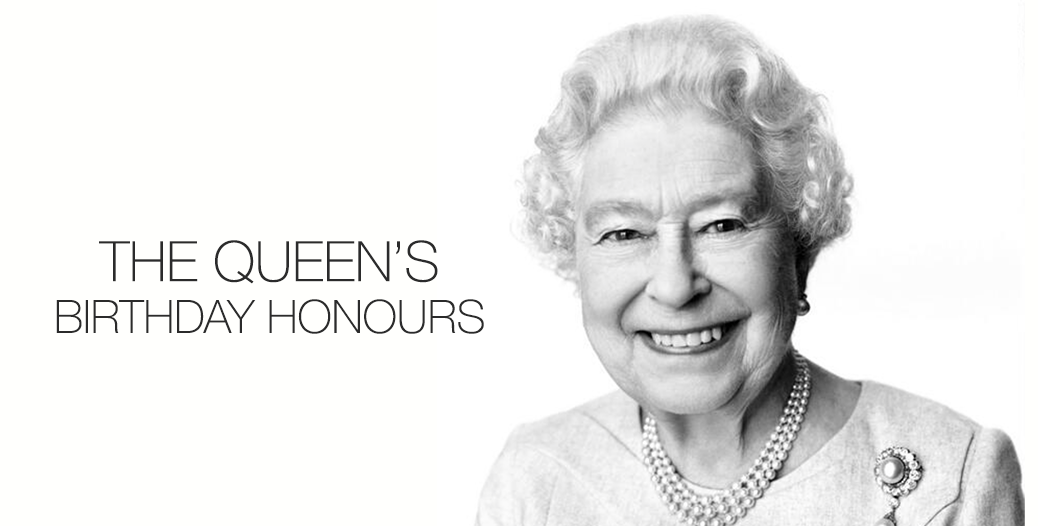
 London : The 2018 New Year’s Queen’s honours list has been published. This prestigious honour list is given in every two years to the people contributing Britain in extra ordinary manner.
London : The 2018 New Year’s Queen’s honours list has been published. This prestigious honour list is given in every two years to the people contributing Britain in extra ordinary manner.